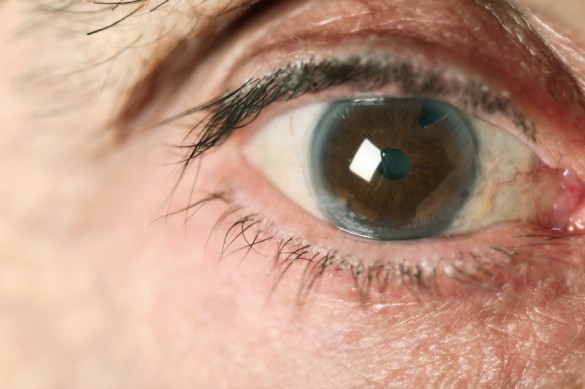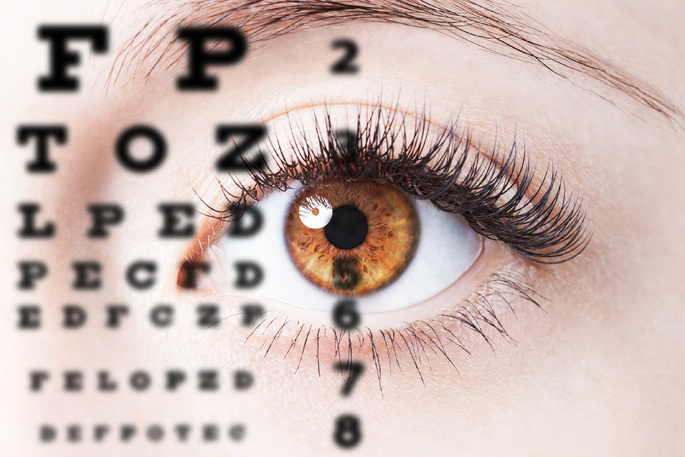Glaucoma — the leading cause of vision loss worldwide — includes a heterogeneous group of disorders. Primary open-angle glaucoma (POAG) and exfoliation glaucoma (XFG) are linked to decreased outflow of aqueous humor, which affects intraocular pressure.
A multi-institutional team of investigators including Rachel Kuchtey, MD, PhD, and John Kuchtey, PhD, at Vanderbilt, explored molecular changes in aqueous humor content in glaucoma.
The investigators profiled the expression of microRNAs (miRNAs), which regulate gene expression, in aqueous humor samples from patients with POAG, XFG and cataracts (non-glaucoma controls).
They found three miRNAs and five miRNAs with significantly different expression in POAG and XFG, respectively, compared to controls. One miRNA differed between POAG and XFG.
Pathway analysis revealed that the differentially expressed miRNAs were involved in potential glaucoma pathways, including focal adhesion, tight junctions and TGF-beta signaling.
The findings, reported in the April 1 issue of Human Molecular Genetics, highlight miRNAs that are differentially expressed in glaucoma and that could be candidate biomarkers or targets for therapy.
This research was supported by The Glaucoma Foundation, the Glaucoma Research Foundation, the BrightFocus Foundation and the National Institutes of Health (grants EY023242, EY027746, EY020894, EY023287).
Send suggestions for articles to highlight in Aliquots and any other feedback about the column to aliquots@vanderbilt.edu















